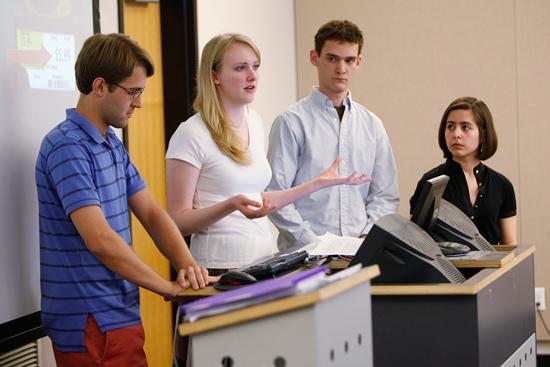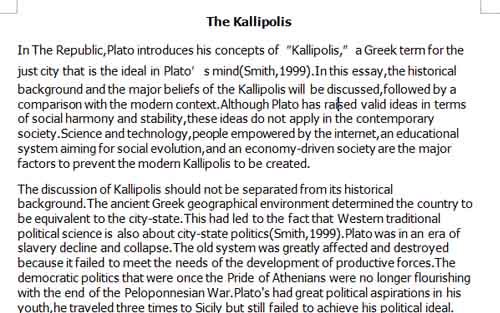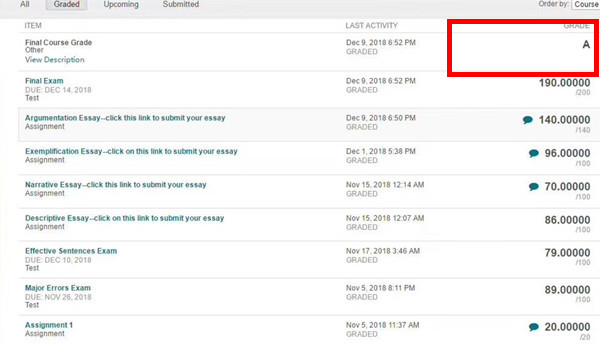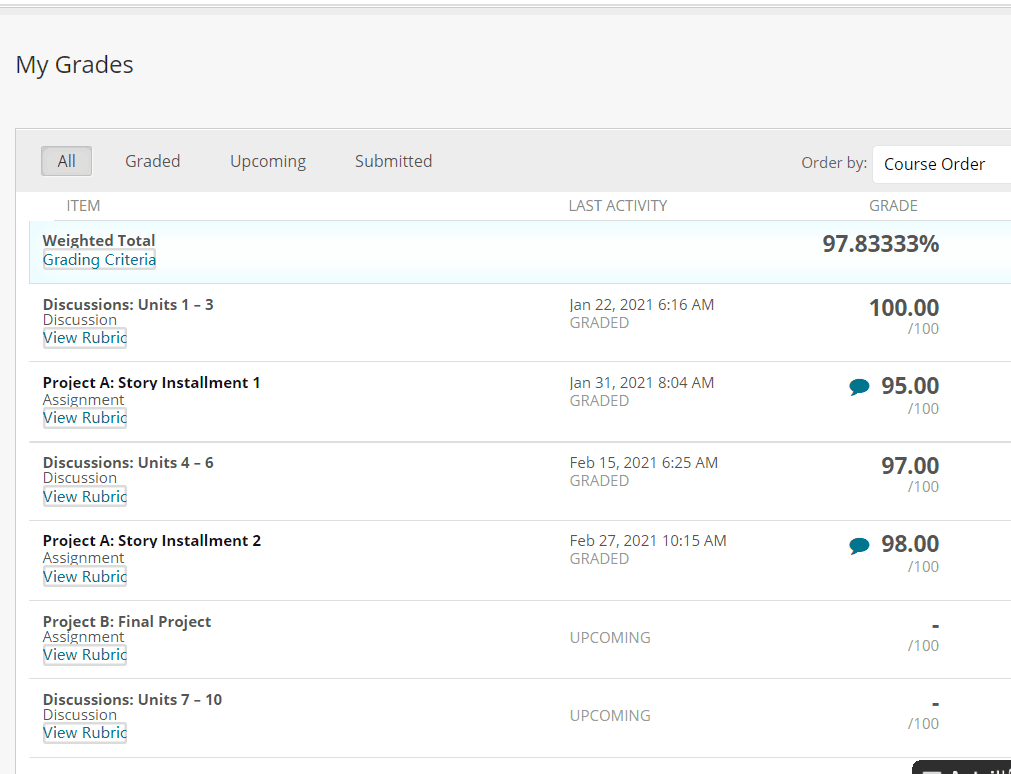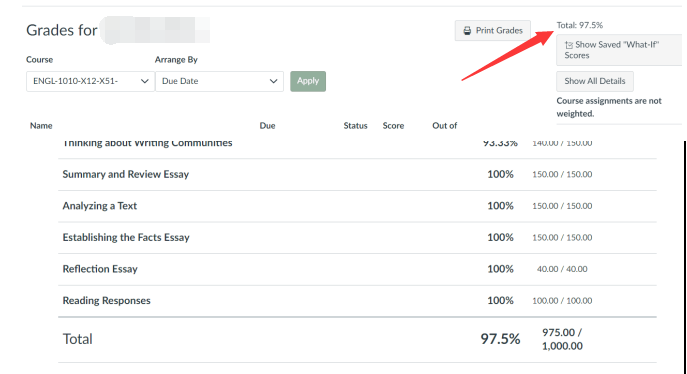本文是一篇proposal代写范文,题目为:A proposal for the facility conditions of West Valley Mission College,文章主要讨论由于几十年的使用和缺乏维护,西谷教会学院区的设施条件不再能够满足教育和职业培训的必要和充分的方案和项目(“第04072201号决议”)。2004年圣克拉拉选举的措施H,也被称为西谷教会社区学院区的大学维修/就业培训措施,建议发行2.35亿美元债券,用于维修和升级西谷教会学院的设施(“第04072201号决议”)。修复和升级项目包括培训和转移计划、消防安全、屋顶漏水、教室技术、图书馆和计算机实验室等。

A proposal for the facility conditions of West Valley Mission College
Due to decades of using and lack of maintenance, facility condition of the West Valley-Mission College District could no longer satisfy necessary and sufficient programs and projects for education and job training (“Resolution No. 04072201”). Measure H for Santa Clara 2004 Election, also known as College Repair/Job Training Measure in the West Valley-Mission Community College District, proposed that 235 million dollars should be issued in bonds to repair and upgrade facilities in the West Valley and Mission Colleges (“Resolution No. 04072201”). Repairing and upgrading projects would include training and transfer programs, fire safety, leaky roofs, classroom technology, libraries, and computer labs, and so forth (“Resolution No. 04072201”).
由于几十年的使用和缺乏维护,西谷教会学院区的设施条件已无法满足教育和职业培训的必要和充分的计划和项目(“第04072201号决议”)。2004年圣克拉拉选举的措施H,也被称为西谷教会社区学院区的大学维修/就业培训措施,建议发行2.35亿美元债券,用于维修和升级西谷教会学院的设施(“第04072201号决议”)。修复和升级项目包括培训和转移项目、消防安全、屋顶漏水、教室技术、图书馆和计算机实验室等(“第04072201号决议”)。
Argumentation for approving the above proposal was presented and illustrated (Smith et al.). It was argued that community colleges are valuable assets for the community, because in the tough times of economic situation, community colleges are more affordable and accessible than selective and expensive universities and colleges (Smith et al.). Therefore, a proposal for building a better community college education environment should be of great importance for improving not only education future but also economic future (Smith et al.).
While arguments in favor of Measure H were listed, rebuttals for such argumentation were raised. It was doubted that bonding proposal was merely a fake title for actual property tax, that 20% of graduates from the community colleges were not community citizens and would take jobs and benefit outsides of the community, that the West Valley-Mission Community College District should not be rewarded for irresponsibility, and that the proposal would be unfair for homeowners and would be detrimental for others’ home ownership dream (“Rebuttal to Argument in Favor of Santa Clara County Measure H”). Besides that, it was pointed out that since property tax had already funded 1.2 million dollars for upgrading the community colleges in March 2003, the proposal of Measure H for more bonds was unnecessary (Hacker et al.).
Despites of all doubting and against voices, Measure H that called for 235 million dollars’ bond for college facilities in West Valley Mission Community College District was approved with 60.0% supporting rate on November 2nd, 2004, (“State and Local Bond and Tax Ballot Measures Results of the November 2004 General Election”, A-9). The approval of this Measure means an agreement on improving training programs, classroom facilities including firefighters, nurses and emergency medical technicians, improving local outdated education condition, and providing people with re-training for job skills (“Resolution No. 04072201”).
Implementation results of Measure H for 2004 November election was connected to the next bond Measure, Measure C for June 2012 election, to a certain degree. Bond Measure C, Santa Clara June 2012 election called for issuing 350 million dollars for better equipping the upgrading the current community college condition and for providing better education (no money for administrators’ salaries or employee pensions) at West Valley and Mission Colleges (“Resolution No. 12020701.”). Upgrading projects in Measure C went a step forward than repairing in Measure H, as it focused on more complex projects such as building constructing for earthquake safety and job training facilities (“Resolution No. 12020701.”).
Details of promising upgrades in Measure C could be seen from words of arguments in favor of Measure C. A few people argued for the approval of Measure C (Fong et al.). In their argumentation, disciplines including Science, Technology, Engineering and Math (STEM) were highlighted for their importance for students’ career future, and therefore facilities, for an example laboratory space, for holding such courses were in need (Fong et al.). It was also argued that West Valley and Mission Colleges are offering high quality career training programs which should deserve fund support (Fong et al.). Besides, students growing math and literacy proficiencies at Santa Clara became the last but not the least reason for supporting the approval on Measure C (Fong et al.).
However, there were rebuttals towards the above supporting reasons by suggesting that there should be other means to achieve a better educational environment, and that the last bond Measure H in 2004 was passed but money was not used appropriately. It was stated that the last bond Measure H was necessary and reasonable, but Measure C should not be (Schwartz, “Argument Against Measure C”). In his words, residents in the community would continue to pay for the last Measure H and for another more 350 million dollars if Measure C got passed (Schwartz, “Argument Against Measure C”). Furthermore, the District failed to hold their promises to use the money appropriately, since there were still old facilities remaining unfixed (Schwartz, “Argument Against Measure C”). The remaining poor graduation rate became another doubt for spending such a huge amount of money on the community colleges who could have provided more courses by opening on Fridays and Saturdays (Schwartz, “Argument Against Measure C”). What’s more, since the last Measure H, false class attendance records were submitted by the District for state reimbursement (Schwartz, “Argument Against Measure C”). Therefore, the proposal for West Valley-Mission Community College District bond proposition, Measure C June 2012, should be considered as futile.
With arguments for and against it, Measure C was finally passed with 59.84% supporting rate on June 5th 2012 (“Measure C Bonds”). It means to authorize the issuance and sale of 350 million dollars’ bonds within the District (Marquez). The Board of Trustees of the West Valley-Mission Community College District calls for 350 million dollars’ bonds for supporting affordable education at West Valley and Mission Colleges through upgrading teaching facilities and technology in the hope to prepare students for jobs and further education opportunities in the new century, and for updating old buildings and constructions (Marquez). Money using in other aspects such as teacher salaries and school operating costs are prohibited (Marquez). Furthermore, financial audits and an independent citizens’ oversight committee would be conducted as the District promised (Marquez).
Although both Measure H and Measure C was approved for bonds for community colleges at the West Valley-Mission District, more funding is in need which leads to the proposal of Measure W Bond Issue for November 2018 election (“Resolution No. 18080702.”). Measure W would authorize to issue 698 million dollars’ bonds to be used in educational facility projects in the West Valley Mission Community Colleges (“Impartial Analysis”). The bonds would be paid by property taxes in the District. A minimum of 55% rate for voting pass is required for approval the measure (“Impartial Analysis”). Raised money would only be used for the educational purposes, including school facilities upgrading, aging buildings repairing, and other facilities replacing (“Impartial Analysis”). An independent professional for checking money use is required by the California Constitution. Also, an independent citizen’s oversight committee is required by State law. The date of the election would be November 6th 2018 (“Impartial Analysis”).
Along with the logistics of the measure, reasons for proposal such a measure are listed. Some of them might sound familiar to what have been stated in proposal for the past Measure H and Measure C. First and foremost, community colleges are great assets for local students for they are more affordable than public universities in California (“Resolution No. 18080702”). Second, in current competitive job market, job training and education are of great importance for local residents to be equipped with necessary skills to enter and compete in the workforce (“Resolution No. 18080702”). However, the State is not financially supporting the community for better academic facilities and environment (“Resolution No. 18080702”). Therefore, a local measure is what people need. It will also provide help for students in fields of nursing, engineering and firefighting, and for veterans to get affordable and high quality education and skill training to return to civilian life (“Resolution No. 18080702”).
Voices from the opposite side are displayed. In one piece of news report on the Mercury News site, this measure proposal was described as “beyond outrageous” (Schwartz, “Opinion”). The author pointed out that half of the 2012 funding have not been used and they are asking for more (Schwartz, “Opinion”). He thought “our buildings have leaking roofs” could not be a reasonable explanation for asking people to continue to pay for the prior two bonds and the new bond for the next decades (Schwartz, “Opinion”). Inappropriate use of money stays for another reason for not approving the measure. He further argued that there is a discrepancy between the claimed need for money for classroom construction and the fact that classroom facilities are actually “under-utilized” (Schwartz, “Opinion”). Moreover, it was the school district who appointed the required independent bond oversight committees, which decreases their accountability greatly (Schwartz, “Opinion”). He finally confessed that he was one of the governing board members at West-Valley Mission for the Measure H in 2004, and that he would regret his decision if he had have known the above facts (Schwartz, “Opinion”).
It was also pointed out that many responsible construction contractors would be discouraged and excluded due to the “Project Labor Agreement” required by West Valley-Mission Community College District (“Argument Against Measure W”). Therefore, it might cause problems in construction process.
以上就是本篇Essay范文全部内容,欢迎阅读,范文内容和格式仅供留学生参考学习,不得抄袭,如有Essay代写需要,请咨询网站客服。



